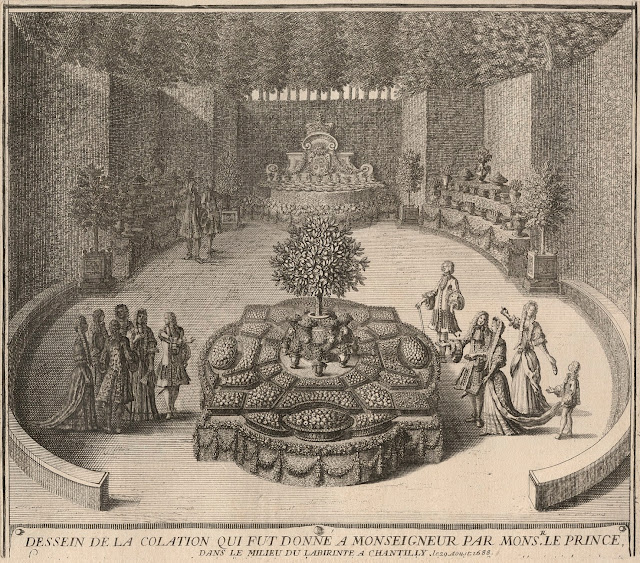 |
| attributed to Jacob Matham after Michelangelo Moses before 1631 etching and engraving Royal Academy of Arts, London |
 |
| Pieter Clouwet after Abraham van Diepenbeeck The Duke of Newcastle astonishing the Gods 1658 engraving Royal Academy of Arts, London |
 |
| Georges Tournier after Charles Errard le fils The Borghese Vase ca. 1680 engraving Royal Academy of Arts, London |
 |
| attributed to Gérard Audran after Nicolas Poussin Finding of Moses ca. 1690 etching and engraving Royal Academy of Arts, London |
 |
| Anonymous French Printmaker after Jean Berain Picnic for the Dauphin in the Labyrinth at Chantilly, 29 August 1688 1709 etching and engraving Royal Academy of Arts, London |
 |
| John Rocque after Gaetano Brunetti Scrolled Cartouche with Palm and Bay Leaves 1736 etching Royal Academy of Arts, London |
 |
| Henry Fletcher after Gaetano Brunetti Cartouche supported on Dragon's Wings 1736 etching Royal Academy of Arts, London |
 |
| Gerard Vandergucht after Louis Chéron Vulcan ca. 1740 etching and engraving Royal Academy of Arts, London |
 |
| John Vardy after William Kent Chandelier for the King 1744 etching Royal Academy of Arts, London |
 |
| Benigno Bossi after Parmigianino Measurements and Proportions of Standing Figure 1772 engraving Royal Academy of Arts, London |
 |
| Benigno Bossi after Parmigianino Figure with Raised Arm 1772 etching and mezzotint Royal Academy of Arts, London |
 |
| Camillo Tinti after Polidoro da Caravaggio Marriage of Meleager and Atalanta 1772 etching and engraving Royal Academy of Arts, London |
 |
| Domenico Cunego after Parmigianino Moses holding aloft Tablets of the Law 1773 etching and engraving Royal Academy of Arts, London |
 |
| Francesco del Pedro after François Boucher La Belle Villageoise ca. 1780 etching Philadelphia Museum of Art |
 |
| Francesco Bartolozzi after Giovanni Battista Cipriani Temple of Mercury (after an antique gem) 1785 etching Royal Academy of Arts, London |
 |
| Girolamo Mantelli after Leonardo da Vinci Head of a Woman 1785 etching and engraving Royal Academy of Arts, London |
The Ladder
He worked years on the tablet,
deciphering the pictographs. He knew
it was a kind of language, those images.
An eye. A bird, maybe a crow.
A basket of wheat. A ladder.
Did the order of the images matter?
He cross-referenced similar texts.
He studied the history of the region
and satisfied many hours in the tablet's service.
In a cousin language, a ladder
was the word for happiness, to rise up,
to be lifted above the ordinary.
After years of work, he sorted it out.
It was poetry, bad poetry, adolescent:
"Today, I am happy,
happy all this day, today."
– Michael Chitwood (2014)